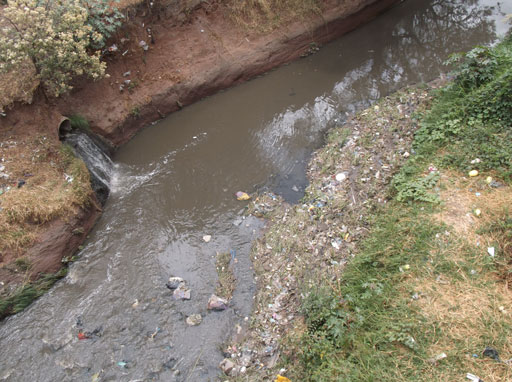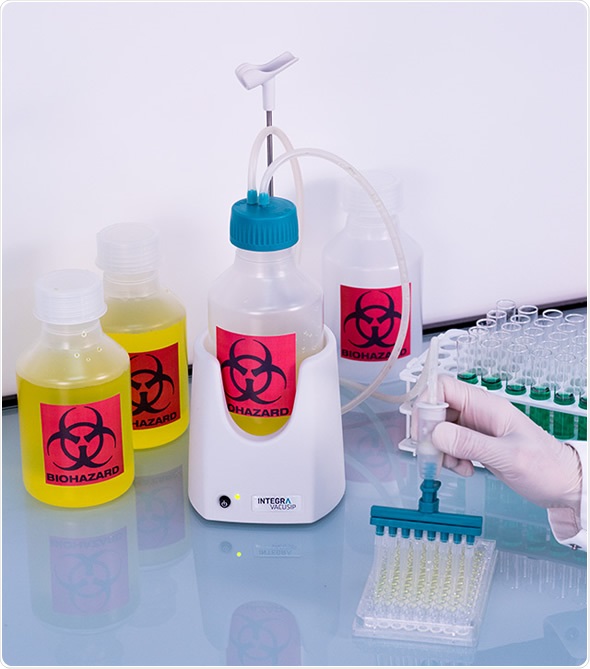Top Liquid Waste Disposal Melbourne: Trusted Services for Proper Waste Administration
How Liquid Waste Disposal Works: A Thorough Review of Techniques and Technologies Used

Introduction of Fluid Waste Kind
The complexity of liquid waste types requires a thorough understanding of their characteristics and implications for disposal. Liquid waste can extensively be categorized into numerous kinds, consisting of commercial, metropolitan, agricultural, and contaminated materials. Each classification exhibits distinct residential properties, needing particular management strategies to reduce environmental and health risks.
Industrial fluid waste stems from manufacturing processes and typically includes a range of impurities, such as heavy metals, solvents, and organic substances. Metropolitan liquid waste, primarily consisting of wastewater from houses and commercial facilities, includes raw material, nutrients, and pathogens (industrial wastewater treatment). Agricultural fluid waste, consisting of overflow from ranches, might contain plant foods, chemicals, and animal waste, posing dangers to water quality and ecosystems
Unsafe fluid waste is defined by its poisoning, sensitivity, or potential to trigger injury. This classification includes compounds like acids, bases, and certain chemicals that require strict handling and disposal methods. Comprehending these varied liquid waste types is crucial for creating effective disposal techniques and guaranteeing conformity with ecological regulations. Appropriate category and characterization are vital for applying suitable treatment strategies and minimizing the negative effect on public health and the setting.
Physical Treatment Methods

Testing is the first step, where larger fragments and particles are gotten rid of from the fluid waste making use of displays or grates. This process safeguards downstream devices from damages and makes sure smoother procedure. Complying with screening, sedimentation makes use of gravitational force to separate solids from fluids. In sedimentation containers, much heavier particles settle near the bottom, developing a sludge layer, while the clarified liquid can be more dealt with.
Filtration is an additional crucial approach that includes passing the liquid with permeable materials, such as sand or membranes, to record smaller sized fragments. This step improves the high quality of the liquid, making it suitable for succeeding treatment procedures.

Chemical Treatment Strategies
Chemical treatment techniques are essential for successfully managing fluid waste, particularly in resolving dissolved and colloidal contaminants that physical techniques may not effectively remove. These methods make use of different chemical agents to reduce the effects of, speed up, or transform harmful substances into less dangerous forms.
One typical approach is coagulation and flocculation, where chemicals such as alum or ferric chloride are contributed to promote the gathering of suspended bits. This procedure boosts sedimentation, permitting much easier elimination of the resulting sludge. Furthermore, oxidation procedures, employing agents like chlorine or ozone, are utilized to damage down intricate organic substances and virus, rendering the waste safer for discharge or additional therapy.
Neutralization is an additional crucial strategy, which readjusts the pH of acidic or alkaline waste streams to neutral levels, avoiding prospective injury to downstream systems and the environment. In addition, progressed oxidation procedures (AOPs) make use of combinations of oxidants and ultraviolet light to degrade persistent contaminants, attaining a greater degree of therapy performance.
Organic Treatment Processes
Biological treatment processes play a crucial blog role in the monitoring of liquid waste by using microorganisms to break down organic matter and decrease pollutant levels. These procedures can be broadly categorized into cardiovascular and anaerobic treatments, each employing particular microbial neighborhoods to achieve effective waste degradation.
Aerobic treatment entails using oxygen to promote the malfunction of natural products by germs. This process is typically implemented in turned on sludge systems, where oygenation containers supply a favorable environment for microbial development, bring about the oxidation of natural pollutants. The resultant biomass can be divided from treated effluent through sedimentation.
On the other hand, anaerobic treatment occurs in the lack of oxygen, counting on various bacteria to damage down natural matter. This approach is especially beneficial for high-strength waste, as it generates biogas, an eco-friendly energy source, while minimizing sludge production. Technologies such as anaerobic digesters are frequently employed in local and industrial applications.
Both cardio and anaerobic biological therapies not only reduce the ecological impact of fluid waste but additionally assist in resource healing, making them vital parts of sustainable waste management approaches. Their effectiveness, efficiency, and versatility support their prevalent implementation across numerous sectors.
Emerging Technologies in Disposal
Ingenious approaches to liquid continue reading this garbage disposal are rapidly progressing, driven by advancements in innovation and a boosting focus on sustainability. Among these emerging technologies, membrane bioreactors (MBRs) have actually obtained grip for their capacity to combine biological treatment with membrane filtering, leading to premium effluent that can be recycled in numerous applications. MBRs enable smaller footprints and more efficient operations contrasted to standard systems.
An additional encouraging growth is the usage of anaerobic food digestion combined with nutrient recovery technologies, which not only treats liquid waste but also produces biogas and recuperates useful nutrients like nitrogen and phosphorus. This double benefit enhances resource efficiency and lowers ecological effect.
Furthermore, advanced oxidation processes (AOPs) are being adopted for the deterioration of complicated organic pollutants. These approaches make use of effective oxidants and drivers to damage down pollutants at the molecular level, offering a very reliable option for difficult waste streams.
Moreover, the integration of artificial intelligence and maker understanding in waste administration systems is enhancing operational performance and predictive maintenance, bring about minimized costs and enhanced environmental conformity. These innovations reflect a significant shift in the direction of more sustainable and effective fluid waste disposal techniques.
Verdict
Finally, reliable fluid waste disposal requires an extensive understanding of different techniques and technologies. The combination news of physical, chemical, and organic therapy methods guarantees the effective administration of varied waste kinds. Moreover, the development of innovative innovations enhances therapy efficacy and advertises sustainability in waste management methods. By constantly advancing these methodologies, it comes to be possible to resolve the expanding challenges related to fluid waste, inevitably adding to environmental management and source recovery.
Liquid waste disposal is an important aspect of environmental management, calling for an extensive understanding of various methods and modern technologies tailored to various waste types. Liquid waste can extensively be classified right into several kinds, including industrial, local, agricultural, and unsafe waste. Agricultural fluid waste, consisting of overflow from farms, may consist of fertilizers, pesticides, and animal waste, posturing risks to water top quality and ecological communities.
Various physical treatment approaches play a vital role in managing liquid waste effectively - industrial wastewater treatment.In final thought, effective liquid waste disposal requires an extensive understanding of numerous strategies and innovations